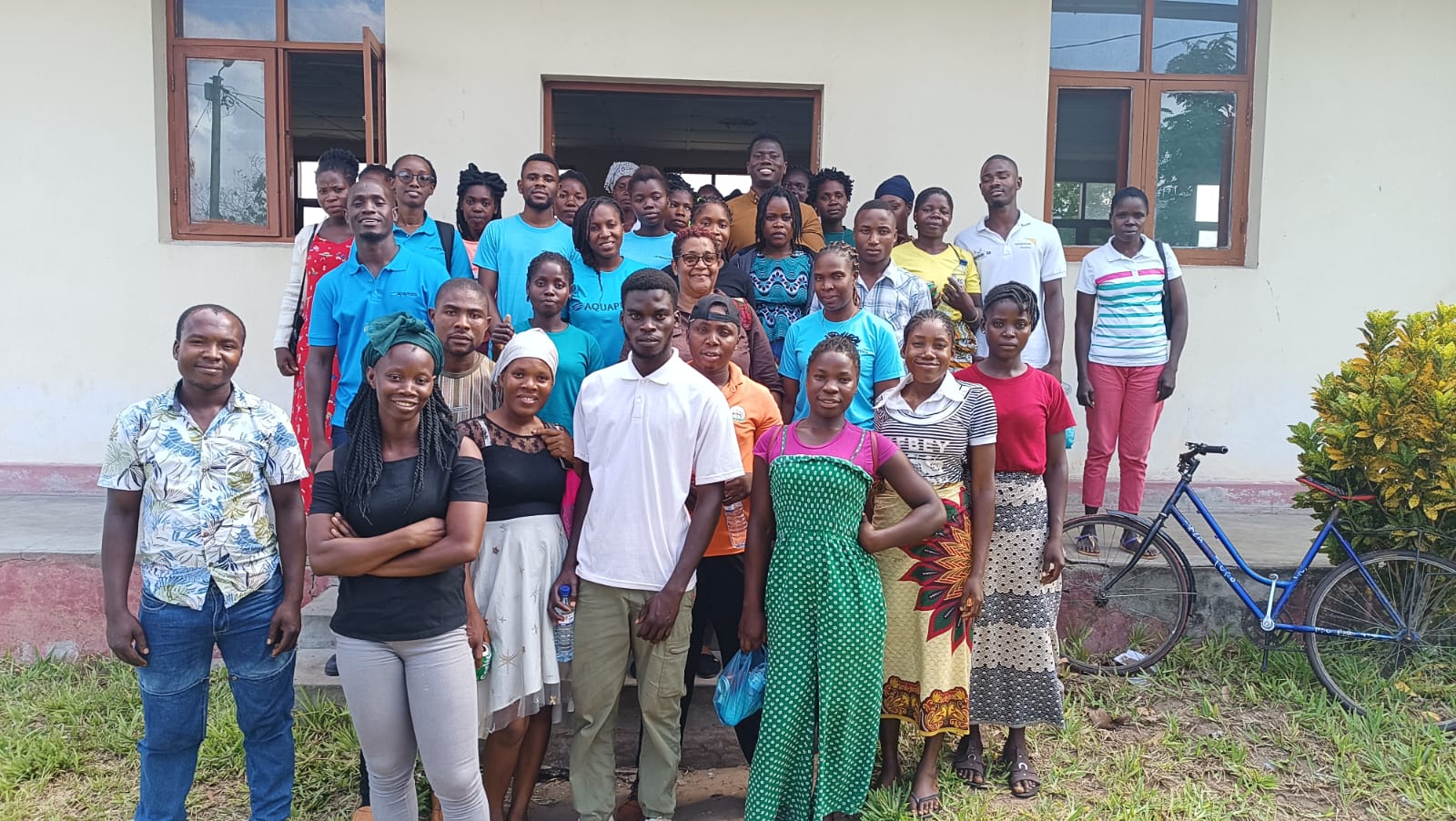Cheorwon, situated in the vicinity of the Demilitarized Zone (DMZ), stands as a crucial wintering ground for cranes, an endangered species. Due to restricted development and civilian access since the Armistice Agreement in 1953, the area has become vital for the survival of these birds. The Cheorwon Plain, with its expansive farmlands and reservoirs, along with the wetlands of the DMZ, serves as essential feeding and resting grounds for crane species.
A positive trend has been observed in crane populations, with 372 red-crowned cranes and 474 white-napped cranes in the Cheorwon Plain in January 1999 (Kim Sang-won, et al. 2020). This upward trajectory has continued, reaching 833 red-crowned cranes and 2,766 white-napped cranes in January 2017. The commitment of local farmers, particularly since 2004, in preserving rice straws and providing water to rice paddies under the Biodiversity Management Agreement Project has played a significant role in this success.
This trust initiative aligns with the Global Trust's mission to safeguard private land in the DMZ (South) and the Civilian Control Zone, preserving it as public property and a 'common heritage of mankind' in the face of development pressures.
